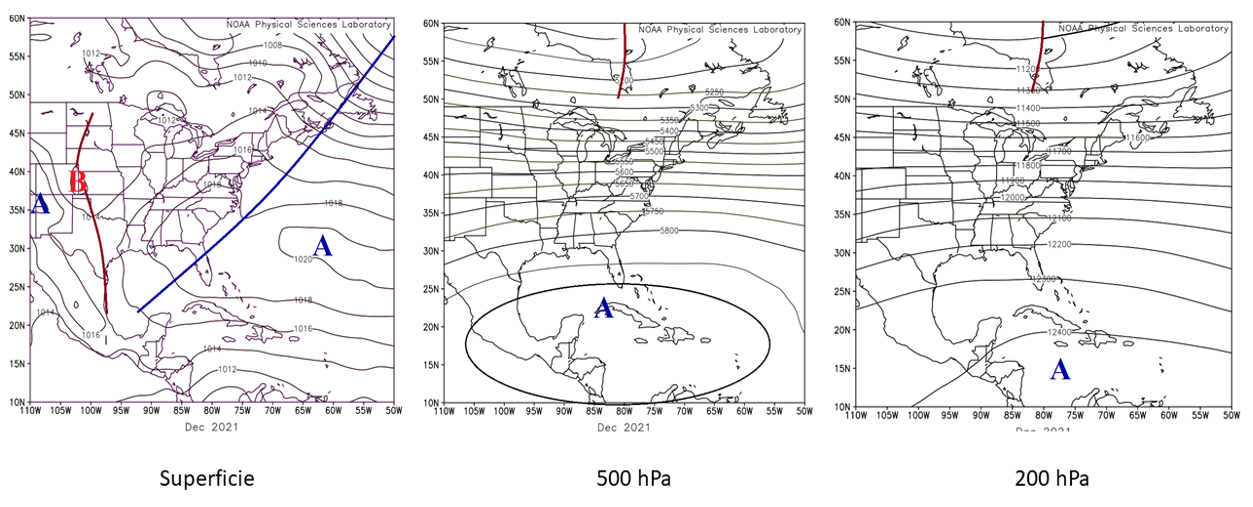Brief summary of the winter season 2021-2022
Main Article Content
Abstract
This article described the main characteristics of the 2021-2022 winter season. For the conformation of the same, were used the summaries that each Provincial Meteorological Center makes after the pass of a cold front in the country. In addition, the General States of Weather made by the Forecast Center of the Institute of Meteorology were used, as well as the chronological data on cold fronts from the archive that is also carried out by this center. The 2021-2022 winter season began on October 29, 2021, with the arrival in Cuba of the first cold front and extended to April 8, 2022, the day it affected FF No. 15 and last of this season winter. It was classified as not very active in relation to climatic value (19 FF per season), finding 12 cold fronts that were classified as classic, while 3 fronts were reverses due to their type. Regarding their intensity, 11 cold fronts were weak and four moderate, without any strong cold front appearing this season. In addition, 60% of the fronts transited over the entire national territory, demonstrating the loss of their characteristics once they transited over tropical areas.
Downloads
Article Details

This work is licensed under a Creative Commons Attribution-NonCommercial 4.0 International License.
Those authors who have publications with this journal accept the following terms of the License Attribution-NonCommercial 4.0 International (CC BY-NC 4.0):
You are free to:
- Share — copy and redistribute the material in any medium or format
- Adapt — remix, transform, and build upon the material
The licensor cannot revoke these freedoms as long as you follow the license terms.
Under the following terms:
- Attribution — You must give appropriate credit, provide a link to the license, and indicate if changes were made. You may do so in any reasonable manner, but not in any way that suggests the licensor endorses you or your use.
- NonCommercial — You may not use the material for commercial purposes.
- No additional restrictions — You may not apply legal terms or technological measures that legally restrict others from doing anything the license permits.
The journal is not responsible for the opinions and concepts expressed in the works, they are the sole responsibility of the authors. The Editor, with the assistance of the Editorial Committee, reserves the right to suggest or request advisable or necessary modifications. They are accepted to publish original scientific papers, research results of interest that have not been published or sent to another journal for the same purpose.
The mention of trademarks of equipment, instruments or specific materials is for identification purposes, and there is no promotional commitment in relation to them, neither by the authors nor by the publisher.
References
Jústiz A (2017): Patrones Circulatorios Significativos Asociados a los Frentes Fríos que afectan Cuba en el trimestre Diciembre-Febrero. Tesis de Maestría. Universidad de la Habana.
Rodríguez R. M., C. González, J. Quiñones (1984): Cronología de los frentes fríos que han afectado a Cuba desde la temporada de 1916 - 1917 hasta la temporada de 1982 - 1983 (67 temporadas). pp.15.
Sitios web:
https://www.esrl.noaa.gov/
https://psl.noaa.gov/data/
https://www.star.nesdis.noaa.gov/GOES/index.php
https://www.cpc.ncep.noaa.gov/products/analysis_monitoring/enso_advisory/ensodisc.shtml

